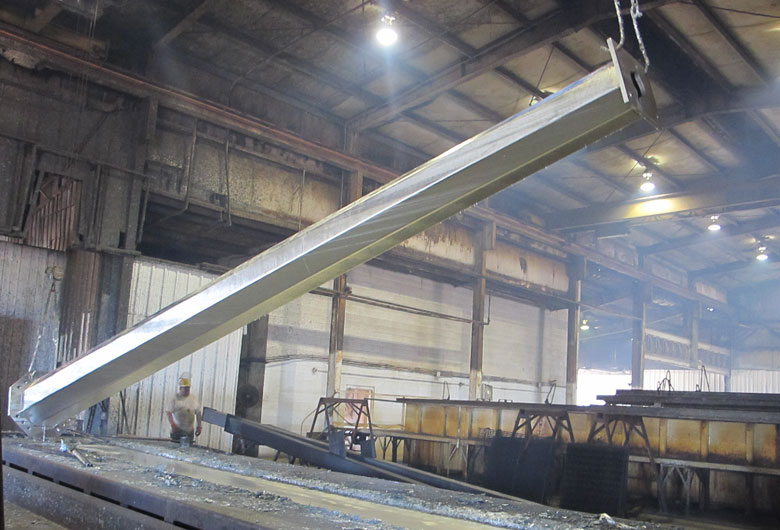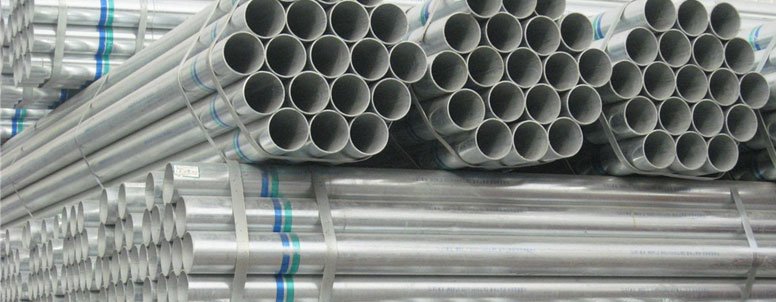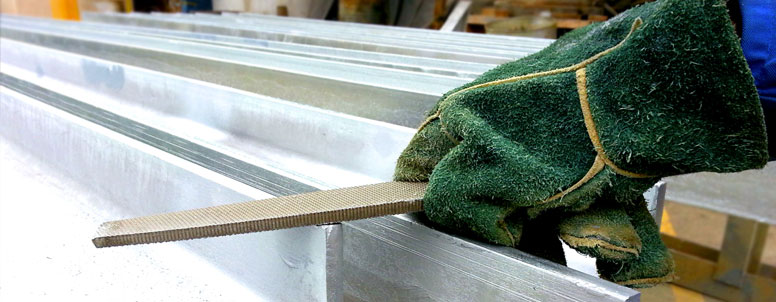
During early days, hot dipped galvanized items were manufactured by dipping them in batches in a molten zinc bath. Furtherance of technology has led to different engineered ways being developed to more efficiently applying zinc-based coatings to continuously manufactured products such as wires, sheets, tubes, pipes, etc.
Process
There are 4 basic steps involved in the process of Hot Dip Galvanizing –
Step 1: Surface Preparation
There are three cleaning steps to prepare the steel for galvanizing.

Acid Pickling : Then the steel is immersed in an acid tank filled with a dilute solution of heated sulphuric acid and hydrochloric acid which removes oxides and mill scale. Once all oxidation has been removed from the steel, it is again rinsed with water.
Fluxing : The final stage of surface cleaning serves the purpose of cleaning all the remaining oxides or the oxidation developed since the pickling of the steel and to create a protective coating to prevent the steel from any oxidation prior entering the galvanizing kettle containing molten zinc. One type of flux is contained in a separate tank and contains a combination of zinc chloride and ammonium chloride.
Step 2: Galvanizing
The steel products are immersed into the galvanizing kettle until the temperature of the steel has reached the temperature required to form a hot-dip galvanized coating. Once the inter-diffusion of the iron constituent of the immersed steel and zinc is completed, the steel product is withdrawn from the zinc kettle. The entire dip usually lasts less than ten minutes, depending upon the thickness of the steel.

Step 3: Post-treatment

Step 4: Inspection

